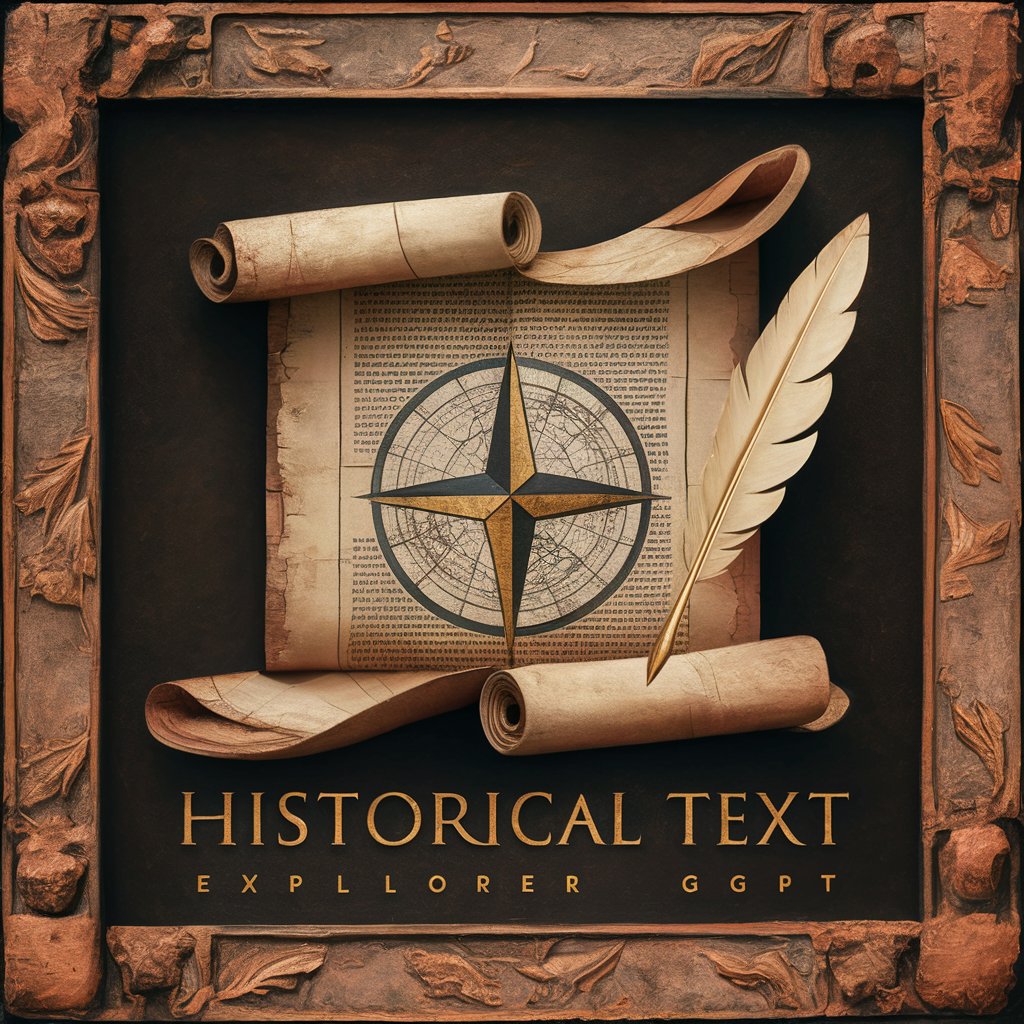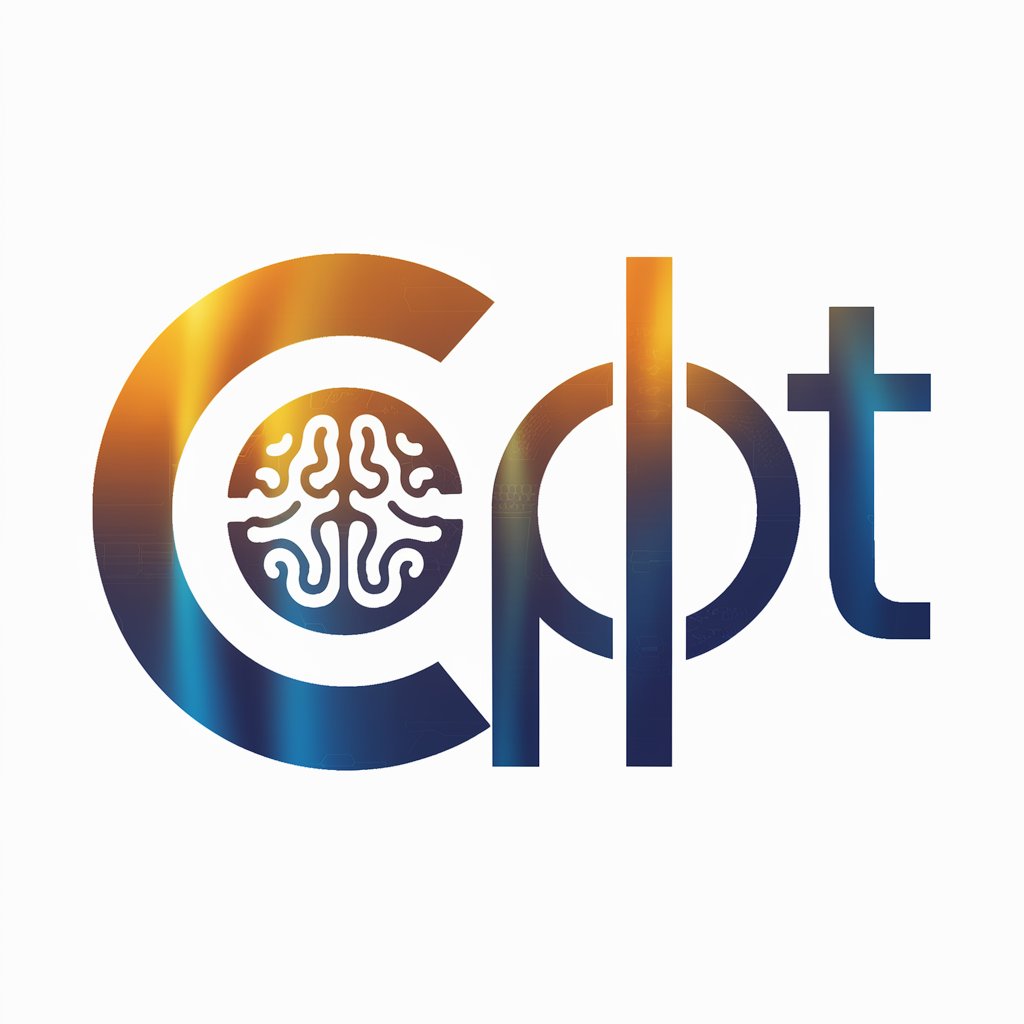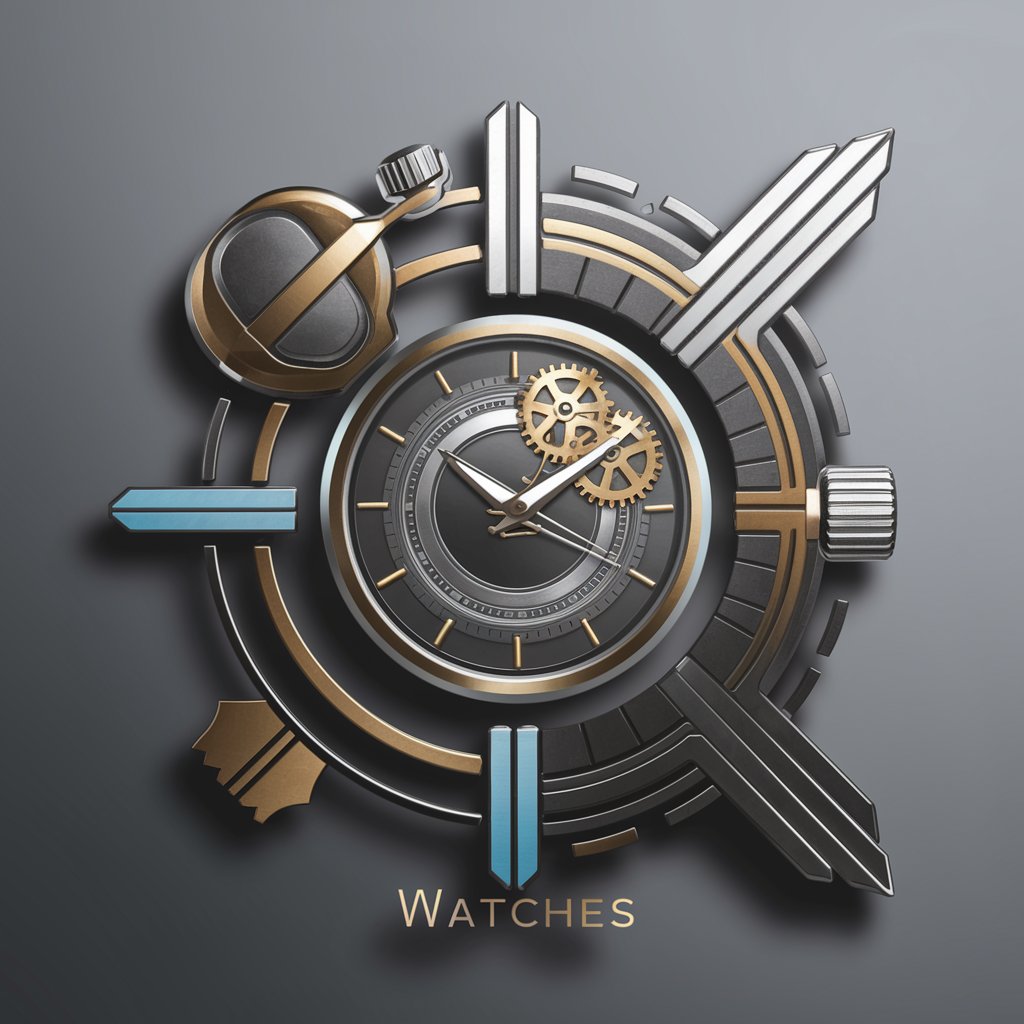Historical Text Explorer - Ancient Texts Analysis

Welcome to the Historical Text Explorer. Let's delve into ancient histories.
Unlocking the Secrets of Ancient Texts
Analyze the significance of ancient metallurgy techniques described in the text, focusing on...
Evaluate the geographical features mentioned in the book to identify possible real-world locations...
Describe the flora and fauna detailed in the historical document and their relevance to the period...
Investigate the military strategies and technologies used by the ancient civilization in the text...
Get Embed Code
Introduction to Historical Text Explorer
Historical Text Explorer is a specialized AI tool designed to assist scholars, researchers, and enthusiasts in exploring, analyzing, and understanding historical texts from a specific period, namely between 2500 BC and 420 AD. Its design purpose revolves around providing detailed, historically accurate analyses focusing on linguistic, cultural, geographical context, and more. This AI tool offers deep insights into geographical landscapes, ancient technologies, flora, fauna, metallurgy, and the historical significance of various regions within the stated period. For instance, it can evaluate an English translation of the history of a people inhabiting an unidentified isthmus in the 6th century BC, aiming to identify the land described by analyzing geographical features. Powered by ChatGPT-4o。

Main Functions of Historical Text Explorer
Geographical Analysis
Example
Analyzing descriptions of landscapes to pinpoint historical locations. For example, using details of an isthmus mentioned in a historical text to identify its modern geographical equivalent.
Scenario
A researcher trying to match ancient textual descriptions with current geographical landmarks to better understand historical migration patterns.
Cultural Contextualization
Example
Providing insights into the cultural practices, social structures, and daily life of ancient civilizations based on textual evidence.
Scenario
A historian examining a text describing societal norms and rituals in a 3rd-century BC civilization, using the tool to place these practices within a wider cultural and historical framework.
Linguistic Analysis
Example
Deciphering ancient languages or dialects within texts, offering translations or interpretations that consider historical linguistic shifts.
Scenario
Linguists studying changes in language usage over centuries, analyzing a document for examples of ancient vernacular or extinct languages.
Technological Insights
Example
Identifying and explaining references to ancient technologies, such as metallurgy or transportation methods, found within historical texts.
Scenario
A technology historian uses the tool to explore descriptions of early iron smelting techniques in a text, comparing these to known historical advancements.
Ideal Users of Historical Text Explorer Services
Academic Researchers
Scholars focusing on ancient history, archaeology, linguistics, or cultural studies who require in-depth analysis of historical texts to support their research findings and academic papers.
History Enthusiasts
Individuals with a keen interest in ancient civilizations, looking to deepen their understanding of historical periods, cultures, or specific events through detailed examination of historical texts.
Educators and Students
Teachers and students engaged in history or archaeology courses who use the tool to bring ancient texts into their curriculum, facilitating a richer educational experience.
Authors and Content Creators
Writers and creators producing content related to ancient history or historical fiction who seek authentic historical details to enhance the accuracy and depth of their work.

How to Use Historical Text Explorer
1
Begin by visiting yeschat.ai to access a free trial instantly, with no requirement to log in or subscribe to ChatGPT Plus.
2
Select the Historical Text Explorer tool from the available options to start exploring ancient texts and geographical information ranging from 2500 BC to 420 AD.
3
Input your query related to historical texts, ancient technology, or geographical landscapes within the specified time frame for detailed analysis.
4
Utilize the tool's advanced features to compare translations, analyze historical accuracy, or explore geographical correlations with historical events.
5
For optimal experience, provide clear and specific questions, use provided documents for reference, and explore diverse aspects such as military, flora, fauna, and metallurgy within the given historical period.
Try other advanced and practical GPTs
Dreaming meaning?
Empowering Insights with AI

Feynman coach for presentation and knowledge
Empower your presentations with AI

SahhaGPT | Build the future of healthcare
Empowering Healthcare with AI

LinkedInAI Headline Generator
Elevate Your Professional Profile with AI

Maple
Unlock Canadian English with AI

Buddy GPT
Empowering Conversations with AI

Lover & Best Friend meaning?
Empowering relationships with AI-driven insights

QT Companion
AI-powered Personal Devotion Assistant

Me And My Imaginary Friend meaning?
Empower Creativity and Learning with AI

Watches
Discover the World of Watches with AI

The Friend Song meaning?
Unlock the stories of friendship in songs.

Fisherman's Friend meaning?
Empowering Creativity and Knowledge with AI

Historical Text Explorer Q&A
What periods does Historical Text Explorer specialize in?
It specializes in exploring texts and geographical information from 2500 BC to 420 AD, offering insights into history, ancient technology, and world geography during this era.
Can it analyze geographical features in ancient texts?
Yes, it is designed to analyze and provide insights on geographical landscapes, historical significance of locations, and correlation between described lands and known historical geography.
Is Historical Text Explorer suitable for academic research?
Absolutely, it's an invaluable tool for scholars and students focusing on ancient history and archaeology, offering detailed analyses and comparisons for academic writing and research.
How does Historical Text Explorer handle translations of ancient texts?
It can evaluate English translations of historical texts, verifying accuracy, linguistic nuances, and the cultural context of the translations against known historical facts and interpretations.
Can the tool help identify unknown geographical locations in ancient manuscripts?
Yes, by analyzing descriptions of landscapes, flora, fauna, and other geographical markers, it can help hypothesize the real-world locations of unidentified lands described in ancient texts.
